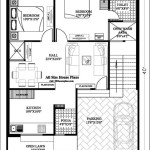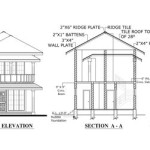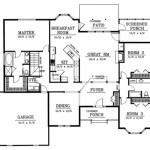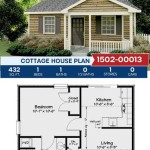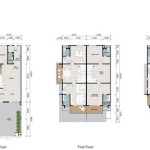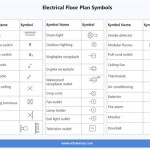Essential Aspects of Hip Roof House Plans To Build
Hip roofs offer a visually appealing and functional roofing option for homes, providing stability and protection against the elements. Here are some essential aspects to consider when incorporating a hip roof design into your house plans:
Roof Pitch: The angle or slope of the hip roof is an important factor that affects its appearance and performance. A steeper pitch provides better drainage and reduces the risk of snow accumulation, but can also increase building costs. A flatter pitch is more cost-effective, but may not provide ideal drainage or protection from high winds.
Material Selection: Hip roofs can be constructed using a variety of materials, including asphalt shingles, metal, tile, or slate. The material you choose will impact the durability, cost, and aesthetic appeal of the roof. Consider factors such as the local climate, roof pitch, and desired lifespan.
Hip Ridge: The hip ridge is the intersection of the four sloping sides of the roof. It extends from the peak of the roof to the eaves. The design of the hip ridge, including its height and angle, can affect the structural integrity and overall appearance of the home.
Valley Joists: Valley joists are structural supports that reinforce the intersections where two or more roof planes meet. In a hip roof design, valley joists play a crucial role in distributing the weight of the roof and providing stability.
Ventilation: Proper ventilation is essential for hip roofs to prevent moisture buildup and maintain a healthy indoor environment. Install soffit vents along the eaves and ridge vents along the highest point of the roof to ensure adequate airflow.
Roof Framing: Hip roofs require more complex framing techniques compared to gable roofs. The hip rafters, which extend from the corners of the house to the ridge, require precise cutting and assembly to ensure a structurally sound roof.
Aesthetics: Hip roofs offer a classic and elegant appearance that can complement a variety of architectural styles. They create a visually balanced and streamlined silhouette, enhancing the overall aesthetics of the home.
In addition to these essential aspects, other considerations for hip roof house plans include:
- Roof Overhang: The overhang extends beyond the exterior walls, providing additional protection from the elements and creating a shaded outdoor space.
- Dormer Windows: Dormers are vertical extensions of the roof that add extra space and natural light to the upper floors.
- Skylights: Skylights can be incorporated into the hip roof design to bring in natural light and create a more open and airy atmosphere.
By carefully considering these aspects, you can create a hip roof house plan that combines functionality, durability, and aesthetic appeal.

Buy A Plan Of House With Hip Roof Eplan

Hip Roof House Plans Roofgenius Com

Modern One Y House Plan With Cross Hip Roof Pinoy Plans

Stunning Square Shaped Bungalow With A Pyramid Hip Roof Pinoy House Plans

Contemporary Style House Design With Ingenious Hip Roof Pinoy Designs

Small House Plans 9x7 With 2 Bedrooms Hip Roof Samhouseplans

Small House Plans 9x7 With 2 Bedrooms Hip Roof Samhouseplans

House Plans 6x6 With One Bedroom Hip Roof Samhouseplans Small Architecture Design

House With A Large Hipped Roof

House Plans 12x8 With 3 Bedrooms Hip Roof Samhouseplans

